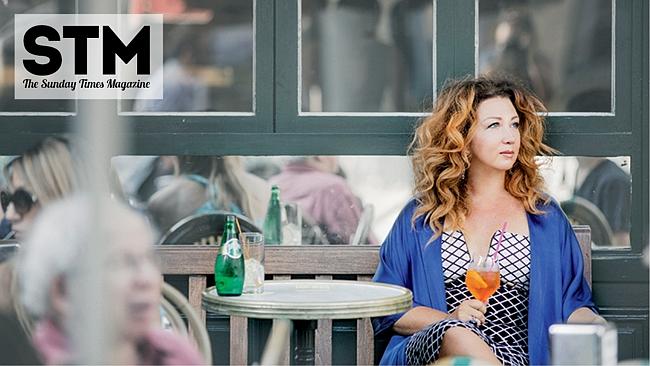Land of literary giants
TESS Livingstone walks in the footsteps of literary greats in and around historical Oxford, England, enjoying quaint English townships and cosy pubs along the way.

AT lunchtime in mid-winter, the fireside at the 15th-century Lamb Inn in Sheep St, Burford is as good as any place in the world.
Tasty, affordable pub food, good-humoured, chatty local characters and half a glass of Australian wine (any more would be too much with the prospect of driving along the narrow country lanes).
The mellow Cotswold stone inn radiated atmosphere: antiques and gleaming copper and a flagstone floor worn from centuries of use.
What did the customers look like 100, 200, 300, 400 years ago? It was impossible not to wonder.
Then for the big question of the day: where to for the afternoon?
Whose footsteps should we follow: John Milton, Lewis Carroll, Tolkien, Dorothy L. Sayers, St Edmund Campion, or DCI Barnaby of the television series Midsomer Murders, the landscapes of which were all around?
Should we stay in Oxfordshire or make a quick dash into Berkshire to track down the villages of our ancestors?
That day, my daughter Jacinta's choice, Roald Dahl, won the nod and a 45-minute drive along wooded lanes and through rich, green farming lands in a light drizzle brought us to Great Missenden in Buckinghamshire, where the popular children's author lived and worked at Gipsy House for 36 years until his death in 1990.
In the High St – the inspiration for numerous story settings – the Roald Dahl Museum and Story Centre is a fine celebration of his life, with plenty of films, memorabilia, manuscripts, his desk light and pencils and rooms dedicated to his stories such as Charlie And The Chocolate Factory, Matilda, Fantastic Mr Fox, The BFG and James And The Giant Peach with plenty of interactive games and activities.
The museum is open year-round.
Then it was onwards through the Chilterns region.
The picturesque market town of Amersham (about 43km from London) is just a 15-minute drive away, and about 5km further on again is the beautiful village of Chalfont St Giles, to which John Milton escaped during the Great Plague in 1665. Not surprisingly, he stayed, completing Paradise Lost in the house that is now a museum and open from March 1 to October 31.
In summer, the long twilights allow several hours more rambling to the medieval pleasures of nearby Chalfont St Peter and other villages, including Stoke Poges, site of Thomas Gray's Elegy In A Country Churchyard.
But as the winter evening was drawing in, we headed to the M40 motorway and back to base at the Oxford Belfry near Thame. The Belfry is a low-set, mock-Tudor modern hotel with 154 large, pleasant rooms, a leisure centre (massages, facials and other treatments) and a fitness centre with a heated indoor swimming pool.
While many people prefer a picturesque country pub, the newer hotels offer more comfort, and we had decided to stay put for 10 days and drive out to places of interest that we had visited fleetingly in the past and wished for more time to explore.
This is a great way to see an interesting area in depth without moving accommodation, and the plan certainly worked.
The Belfry was a convenient, relaxing base and the lunchtime rural pubs such as The Lamb Inn, The Bat And Ball in Cuddesdon (with its array of cricket memorabilia, it's a great place to be an Australian) and The Crown Inn at Pishill provided plenty of atmosphere.
The Belfry was 16km from Oxford, city of dreaming spires and perspiring parking inspectors, so we left the car at the railway station, alongside thousands of bikes belonging to students and dons who had gone to London for the day.
Even after visiting Oxford several times for work, I found the commentary on the double-decker sightseeing bus – which starts its journey from the station and runs every few minutes – very interesting.
And because it's hop-on/hop-off for the price of one ticket, it is the ideal way to get around quickly. After the full circuit (about 90 minutes) we went around a second time stopping at places of interest.
For lunch, it was a toss-up between the Alice Tea Shop, across the road from Christ Church College, where the girl who inspired Lewis Carroll's Alice stories used to buy her sweets, and The Eagle And Child pub, where the literary group the Inklings (including J. R. R. Tolkien and C. S. Lewis) used to meet from the 1930s to '60s to discuss narrative fiction.
Alice won.
After an afternoon's exploring and a browse in a bookshop, a choral performance at one of the colleges made a charming end to the day.
The Sunday Telegraph



